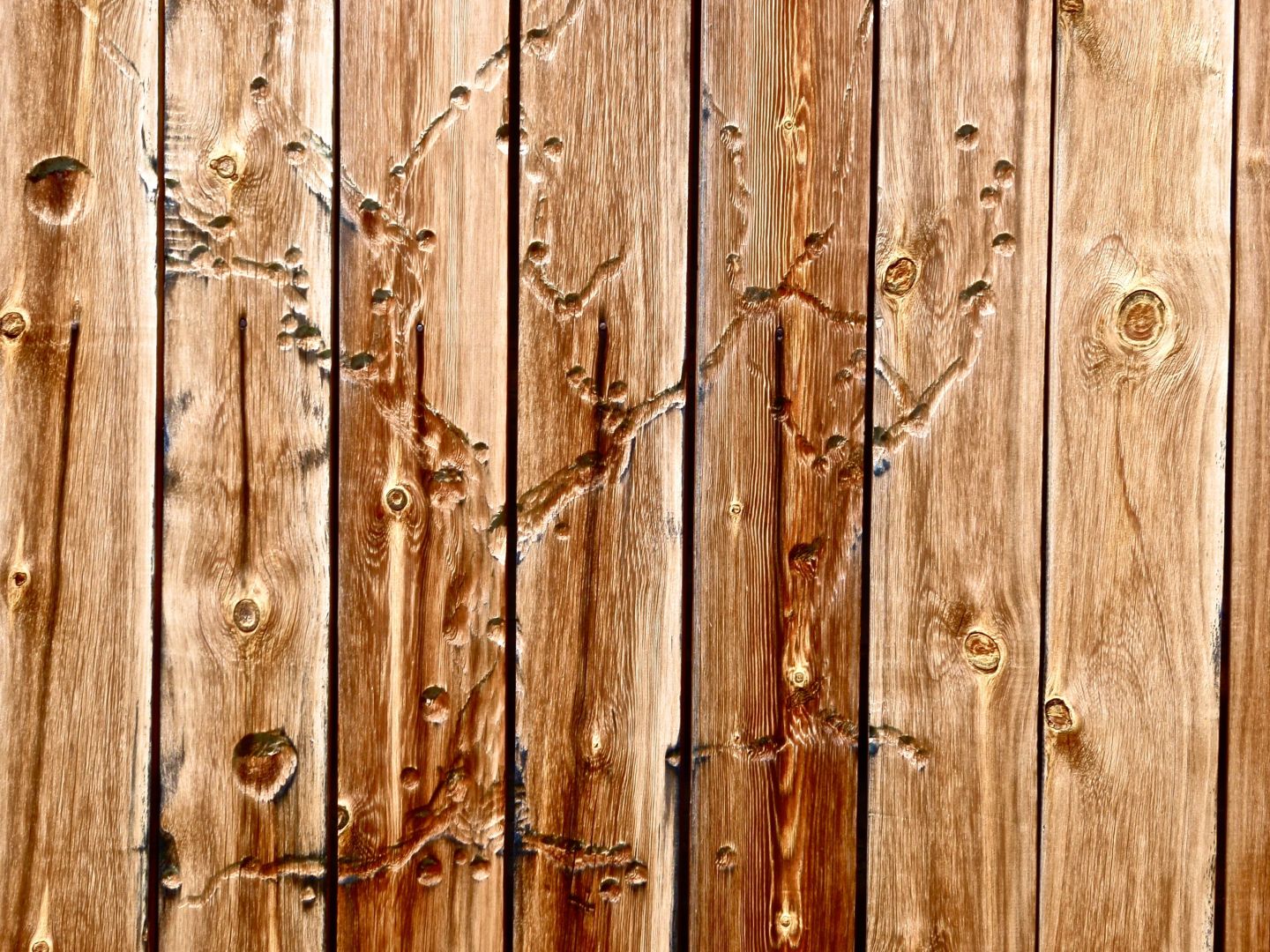
At the turn off for Ust Barguzin, there is a giant burning pile of trash. I mean truly big. The first thing you see is a Soviet-era – and style – rusted metal obelisk with the letters ‘Ust – Barguzin’ ( in Cyrillic ) over a cracked turquoise wave. Then, as you turn the corner, the larch forest drops back in a very Alaska Highway sort of way, and you see this 10 acre heap of smouldering, churned up, burning garbage. After hundreds of kilometers of towering, misty peaks and endless blue-green forest, there it is. It is incongruous, to say the least.
Next to the trash pile, on a pitted, dusty road, I am walking to the one petrol station in town to get gas for the stove, when the windows of two late model SUVs zip down and a team of middle aged Mongolians lean out and shout my name. This is normal. After our Channel 9 interview at the Selenge – Egiin confluence, Bria and I are famous. After photos, they give me a ride to the station, help me fill up a plastic soda bottle, and deposit me back in town at the fish market by the rusted ferry over the slate blue Barguzin River. These are good people.
Everyone we talked to about the northeast coast of Lake Baikal told us a different tale. The only English language guidebook to this part of Siberia told us in five lines it was infested with bears, beautiful, impossible to get to, and it was impossible to land on shore. Guides and rangers and paddlers all told different stories. It would be fine, you need permits, it is 70 roubles a day, you can’t touch the shore, abandon all hope. Bu when we reached this tiny, dusty wooden outpost, we find the National Park HQ to be in better shape than many in the States. Andrei, one of the staff, runs us through the 5 minute process, shows us on our maps where to look for hot springs and freshwater seals, and hands us the signed and stamped permits for an eight day crossing of the NE coast, 350 km of pristine lake shore without a village or road anywhere.
North, with the wind and waves.



